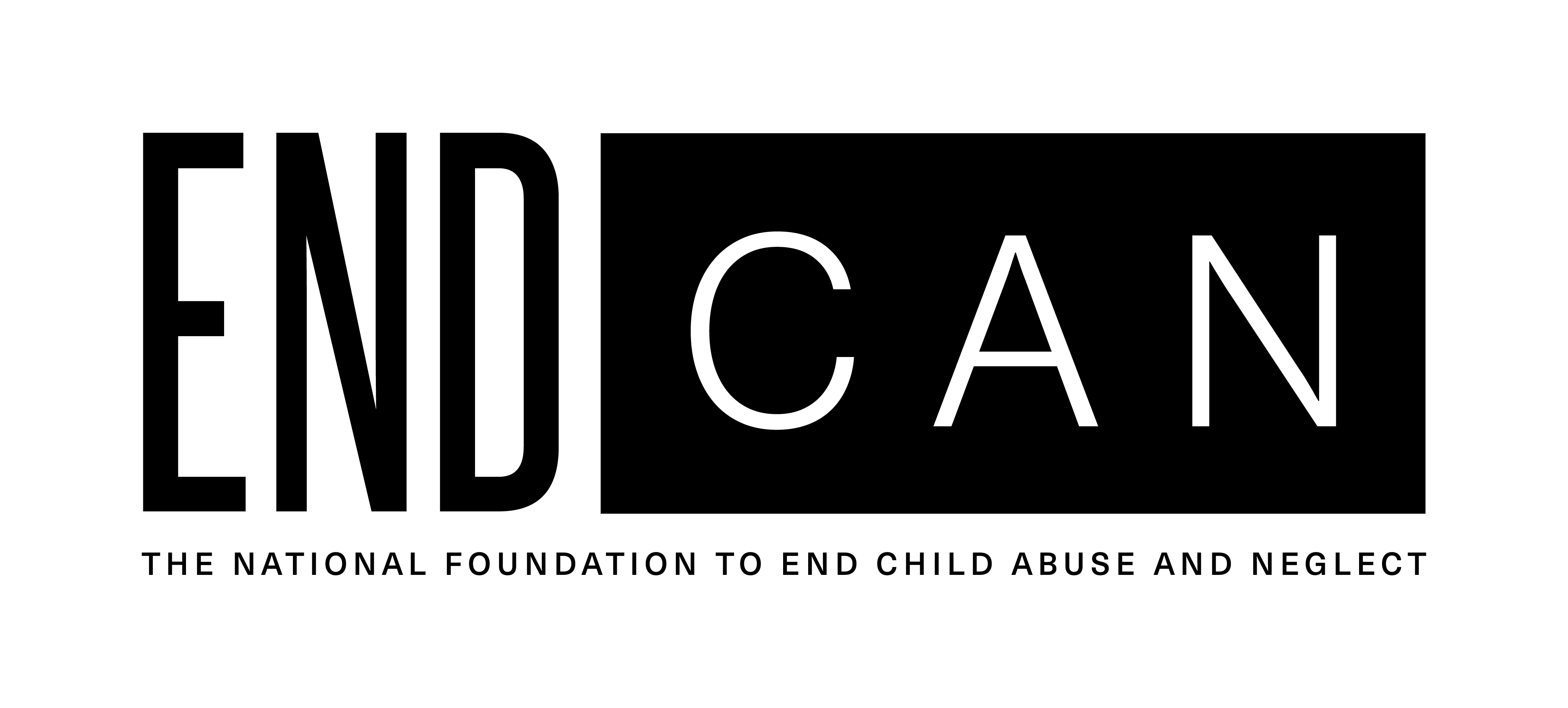
How Teachers can Recognize the Signs & Support Abused and Neglected Children
By Aiesha Hemeda
Educators play a crucial role in supporting and defining the success of their students. It is important for teachers to foster and encourage nurturing environments in which their students can excel. For children who have experienced some form of neglect, abuse or traumatic adverse childhood experience, it is crucial for educators and teachers to be aware of what they can do to support and protect these students.
Teachers and educators are mandatory reporters which means they have a professional responsibility to protect the children who are in their care. Teachers are not only responsible for making reports of suspected abuse or neglect, but they are also responsible for familiarizing themselves with reporting procedures and district policies and communicating with CPS.
How are children affected academically?
The effects of neglected and abused children can manifest themselves in a number of ways, including negatively impacting how children perform academically. Studies have shown that children who have experienced abuse and neglect are at a higher risk for lower academic achievement. Children who have been mistreated have a higher chance of exhibiting poor social skills or behavioral problems in the classroom. In a study done on girls who have suffered from sexual abuse between the ages of 7 and 12, “39% displayed academic difficulties, 24% repeated a grade, 48% reported below average grades, and over 37% displayed cognitive ability below 25%”.
Are there any signs to look for?
For more information on the definitions of child abuse and neglect, you can check out an article from our blog: “Identifying Child Abuse and Neglect”.
Physical Signs
- Students may exhibit unexplainable injuries such as scarring, bruising, scratches, and broken bones
- Less apparent signs may be flinching at sudden movements, or seeming afraid to go home
- Frequently experiencing stomach aches or headaches without medical cause.
- Wearing oversized clothing or clothing inappropriate to the season in order to cover bruising or injury
- Refusing to change in locker rooms for physical activities such as sports or gym
Emotional Signs
- Behavioral changes in the classroom such as aggression, lack of interest, decrease in productivity and grades
- Loss of confidence or self esteem
- Social isolation or withdrawal
- Increased absences from school
- Increased search for validation or affection
- Inappropriate or delayed emotional development
- Loss of previously acquired emotional development
Signs of Abuse by a Caregiver
In the case that a child is being abused or neglected by a parent, there are signs that may present themselves as indicators.
- Child exhibits lack of hygiene
- Lack of concern for the child
- Uses harsh language to refer to the child
- Belittles the child
- Places unrealistic expectations on child
- Harsh methods of physical discipline
- Isolates or limits the child from contact with others
- Child is missing or skipping meals
- Child lacking essential materials for education
What can you do?
Children may often feel that they are able to confide in teachers and educators. However, because teachers are mandatory reporters and must report any indicators of abuse or neglect, this could create a level of distrust. It is important for the child to know that you are acting in their best interest, and remember that regardless, the child’s safety is your priority.
Creating a safe classroom environment. Creating an environment where children feel safe not only helps them to succeed academically, but emotionally as well. Teachers often serve as role models, and having a positive attitude towards students can help to establish effective communication.
Set appropriate expectations. Managing appropriate expectations for the child can help improve their sense of value. If the child is struggling academically or behaviorally, it is important not to ridicule the child, finding alternative learning and teaching methods, or sources of support for the child can be especially effective.
Structure and consistency. Creating structure and consistency is important for children who may feel as if they have no sense of belonging. Having a daily routine or schedule and providing clear expectations for behavior and performance can create security for the child.
Showing support. Even if teachers and educators are not professionally equipped to aid children who have suffered from some form of abuse, neglect, or trauma, they can provide help to students with adequate resources. Connecting the student with a school counselor or school psychologist or recommending after school activities and groups as positive outlets can help to create community for the student and combat any feelings of isolation.
Institutional Transparency. Institutional abuse takes place when adults who are considered authority figures misuse their power to coerce, abuse and exploit children. This can take place in schools, churches, camps or any facility where adults are put in charge of children. To prevent abuse from taking place within these institutions, schools and organizations can encourage transparency. Setting expectations and values such as staff trainings on child abuse and neglect, as well as mandated reporting. For further information about institutional transparency check out this article from our blog: “Preventing Institutional Child Abuse”.
